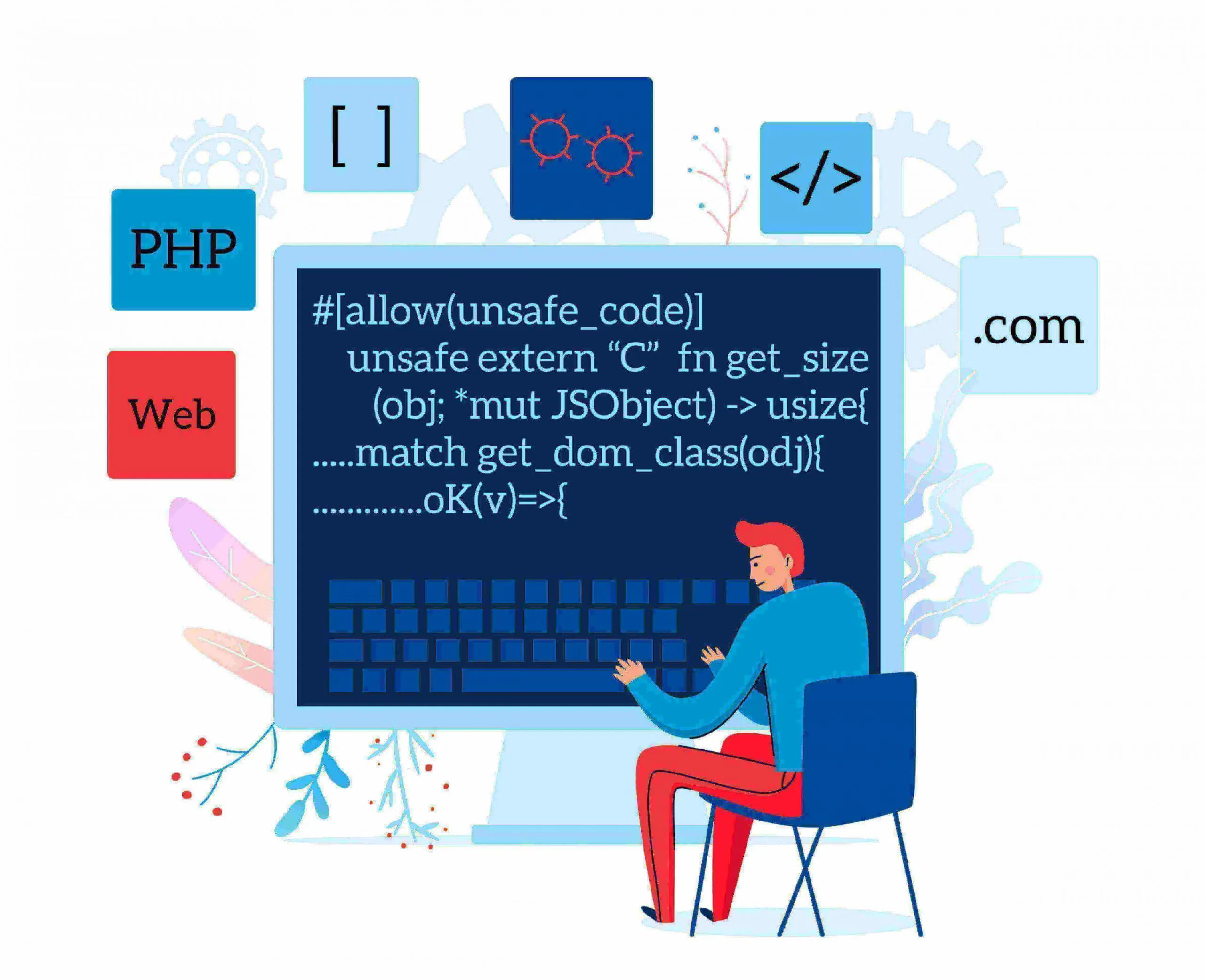PHP Training Institute In Delhi
- Divya Sharma
- Jan 9, 2023
- 4 min read

PHP is an open-source server-side language that many sites use for web development. It is also a general-purpose programming language that can be used to make a variety of projects, including Graphical User Interfaces. In this blog, I will help you explore the PHP language so you can learn how it works and its basic features. By the end, you will be able to join the PHP Training Institute In Delhi.
PHP language is a programming and scripting language used to build dynamic interactive websites, a scripting language, WordPress is written in PHP. PHP is also a free and open-source language. A web browser contacts your server to request a page from your website. An HTML application is sent to the clients by PHP code running on the server. The clients then view the HTML application in their web browsers. They cannot see the PHP language script and the reason is it only sees the viewers on the hosting server.
How does PHP Work?
When looking around on the web for information about PHP language you will see that it is a scripting language. But that is not very helpful to a fresher. PHP server-side refers to all the PHP WordPress that runs on your web hosting server side. As a solution on the server side when someone visits your website, WordPress accesses the PHP language files to get your database information such as blog post content to display it to your clients.
It is a simple enough language. But there are some problems. Web browsers don’t understand PHP language, web browsers read HTML language. HTML language is a type of scripting language used for creating web page content. HTML language is a client-side scripting language. Browsers i.e. Mozilla Firefox, Chrome, and others are called clients. A client server-side language means that web browsers convert HTML language into what's displayed on your screen. If browsers only read HTML language and your WordPress website is created in PHP language how are clients going to see your website?
There are some steps on how PHP code in WordPress works with HTML first step by step are-
They type your website address into their web browser or click a link.
A request is sent to your web hosting server.
The HTML Code is then sent back from your server to other web browsers over the internet.
This HTML code language is translated into a web page by their web browser.
When you visit a website created with PHP language like WordPress an additional to step is required. Before sending the HTML Code page to the web browsers the server needs to run PHP code to create the HTML Page.
Advantages of PHP language
Open source and free of cost
Creating a database connection helps to connect databases
It can run on various operating systems
Powerful framework support
Loading application is straightforward since it can be lead over slow Internet
Good support and assistance
Easy to learn and use
Disadvantages of PHP Language
Unsafe to use and handle since it has an open-source language accessible to all.
Not for running giant application
Tough to manage and incompetent
Weak and causes input of incorrect data
Does not allow modification of online web applications
One needs to learn built-in functionality to avoid writing excess codes.
Using many features can cause poor performance.

How does WordPress Use PHP?
WordPress runs on PHP code language. The data of PHP language on a WordPress website is stored in a MySQL database. Data Included here range from your blog name and blog post content to plugins setting and user profile information. PHP training Institute In Delhi's role is to get specific information from the database and put it together into an HTML Webpage. The PHP Code language is contained in files ending in the .php extension.
You can tell most WordPress Zip files are made up of PHP files if you are even open to me. You can see file names like wp-config.php, index.php, and so on. These files contain the PHP code to perform a different action in WordPress.
The WordPress theme looks similar. You will search files like sidebar.php, header.php, Etc. They displayed your website in different sections and made up a theme template hierarchy.
PHP Code language must be enclosed within the PHP opening tags. PHP code files may also contain HTML. PHP Tags can retrieve such data from your database. The PHP language code displays the name of your blog, which is wrapped with HTML title tags.
Responsibilities of PHP language
Integration of user-facing elements developed by front-end programmers.
Solve complex performance problems and architectural challenges.
Build efficient, testable, and reusable PHP language.
Integration of Data storage solution
Skills and qualification
Strong knowledge of PHP language web frameworks like Laravel, Yii, Etc depends on your technology stack.
Understanding the full behaviour of the PHP language
Understanding of MVC Design Pattern.
Basic Technologies of the front end like javascript, HTML, and CSS.
Knowledge of object-oriented PHP language code.
Understanding accessibility and security compliance
Strong knowledge of the common PHP language or web server-side exploits and their solutions.
Understanding fundamental design principles behind scalable applications.
User authentication and authorizations between multiple systems, environments, and servers.
Familiarity with limitations of PHP language as a workaround.
Proficient understanding of PHP code versioning tools like GIT.
Conclusion
PHP Training Institute In Delhi Provides Proper knowledge of PHP language. In the comparison of PHP vs another scripting language PHP can hold a slight upper hand because of its open source availability and simplicity. Instead of comparing this language code better combine PHP and javascript to reap the benefits of both language.



Comments